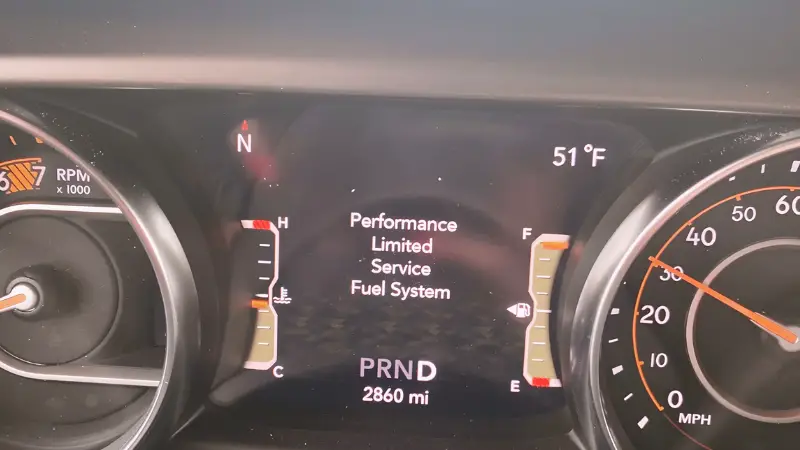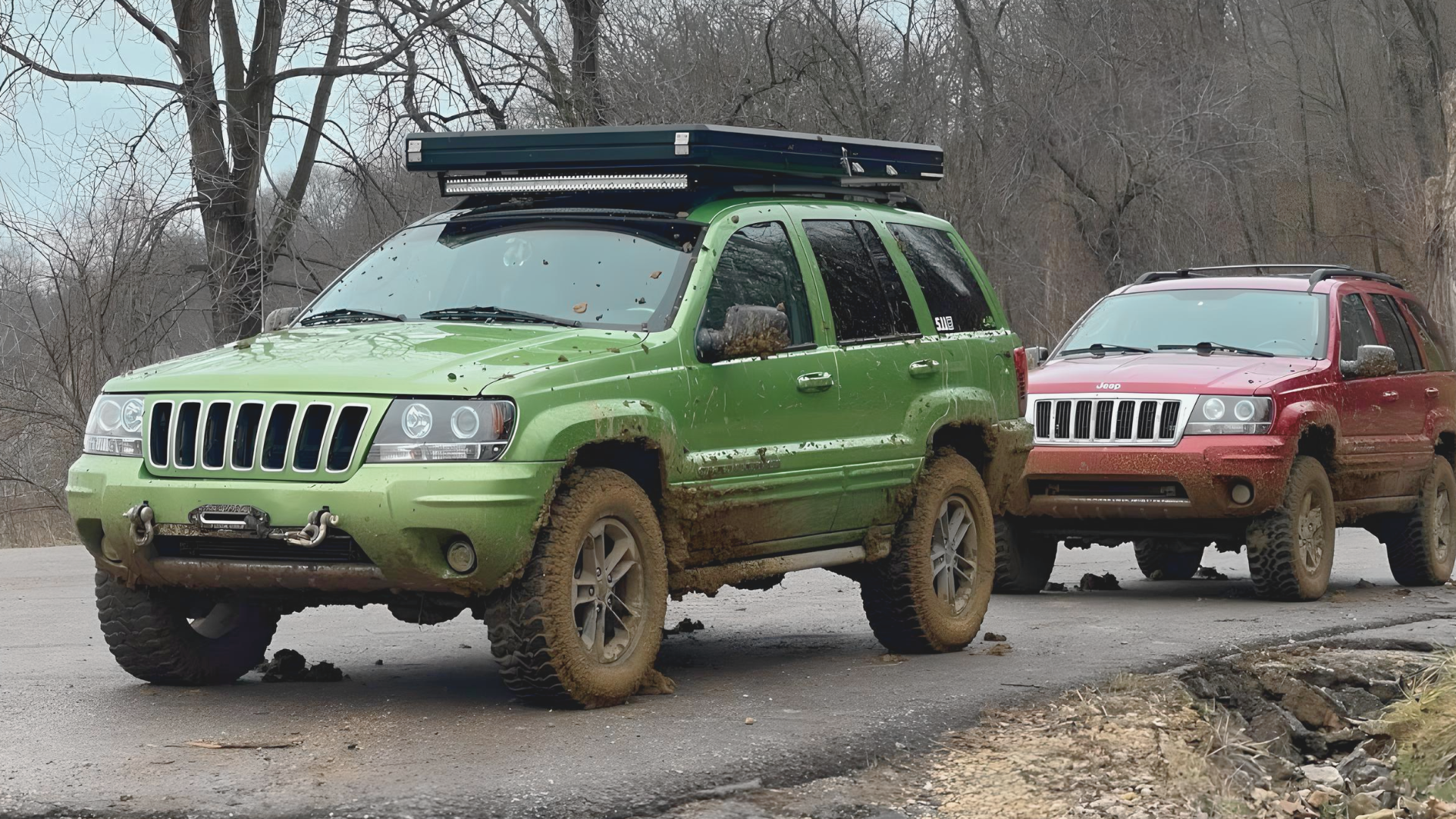You hop into your Jeep, turn the key, and the engine cranks but won’t start. The dash displays a warning Stop Start Not Ready Battery Charging. You’re already late and now your Jeep won’t start. What gives?
This frustrating warning relates to your Jeep’s fuel-saving stop/start system. It should automatically shut the engine off when you brake and then seamlessly restart when you lift your foot off the brake to accelerate.
But sensitive electronics often develop glitches, leaving you stranded.
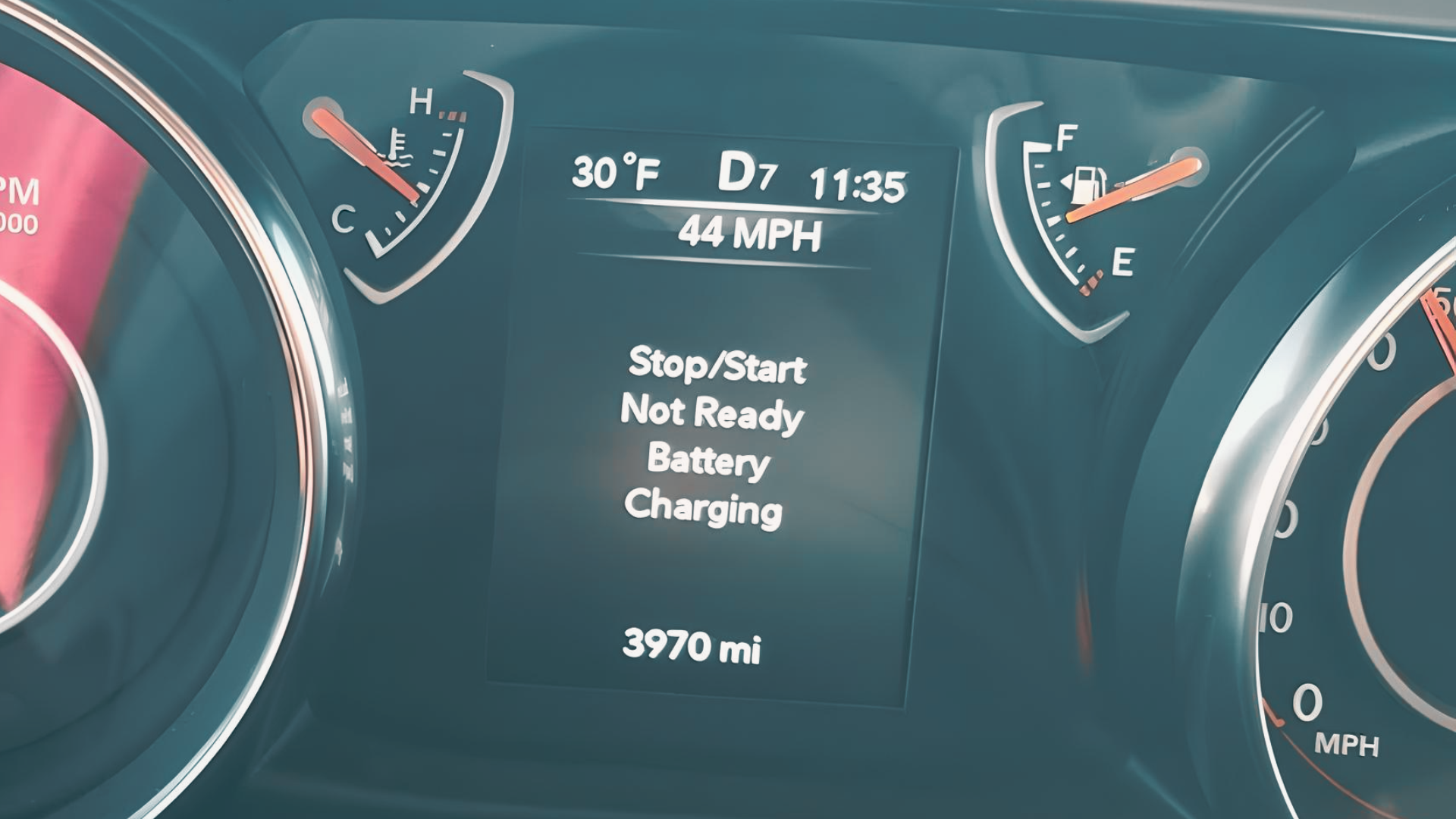
Don’t panic yet. We’ll cover how these stop-start systems work, diagnose common issues like battery failures and software bugs, and offer tips for resetting your Jeep’s system to get you back on the road.
With some basic troubleshooting, you can master that cryptic Jeep Start Stop Not Ready Battery Charging message. Let’s get into the details of this issue and how to resolve it quickly!
How Do Stop/Start Systems Work?
Stop-start technology aims to improve fuel efficiency and reduce emissions. It saves gas by avoiding fuel burn and pollution output when idling, cutting downtime from red lights and traffic jams.
These smart-systems automatically stop the engine when you brake to under 5 mph. An integrated starter/generator quickly restarts it when you lift your foot off the brake. This start-stop cycling happens seamlessly without input during normal driving.
Done right, auto stop-start yields 7-30% better city fuel economy by minimizing gas wasted at standstills. It also lowers noise and exhaust fumes when sitting in jams. Over time, the fuel and emission savings add up.
Details on Operation
Sophisticated electronics control stop-start activation, optimizing operation for current conditions. Sensors monitor vehicle speed, battery charge, engine/cabin temperature, and other factors.
If everything checks out, the engine will cut off when braking below 5 mph for over 5 seconds. It instantly fires back up when sensors detect you’re accelerating. The starter also restarts the engine automatically if conditions change or the battery level drops too low.
However, the system won’t activate in certain situations – very hot/cold weather, battery not fully charged, cabin not up to temp. You can also disable it manually if desired. Expect some learning curve adapting to the on-off engine cycling.
Battery and Charging Requirements
The beefier battery in stop-start vehicles handles over 300,000 start cycles. It runs an integrated starter/generator that spins the engine for restarts.
This generator also charges the battery in between stops by capturing braking energy.
Still, all that starting and stopping does drain more battery life over time. These absorbent glass mat batteries cost more too. Maintaining full battery health is essential for reliable auto stop-start operation and preventing issues.
Stop Start Not Ready Battery Charging: 6 Causes and Fixes
This annoying warning light is trying to tell you something is preventing the stop/start system from functioning properly.
Tracking down the root cause takes some troubleshooting of key components to get your Jeep back on the road.
We’ll explore the six most common issues plaguing the system.
1. Battery Issues
An undercharged or failing battery is the most likely culprit for stop/start problems. These systems place heavy demands on battery power to restart the engine multiple times during drives.
Weak battery health shows up as warning lights and non-activation of the auto stop feature.
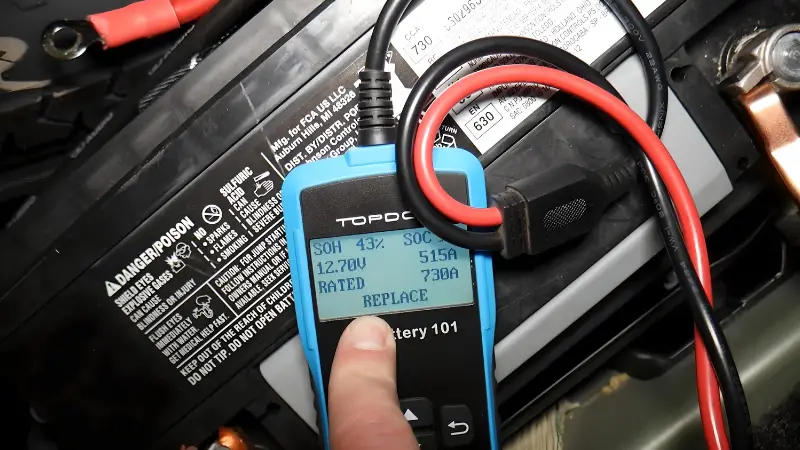
Troubleshooting
Use a multimeter to test the battery charge level and the charging system voltage.
Charge if below 12.4 volts. Inspect terminals and cables for corrosion and loose connections that impede charging.
The battery itself may be worn out too, requiring a replacement.
Solutions
Recharge or replace dead batteries to restore system function. Clean electrical connections and check belt tension on the alternator as well.
Consider upgrading to the highest CCA absorbent glass mat battery recommended for your Jeep model to improve longevity with frequent start-stop cycles.
2. Alternator Problems
The added energy demands of stop/start put more strain on the charging system too.
A failing alternator struggles to keep the battery replenished between stops. Warning lights alert you if the voltage drops too low for a restart.
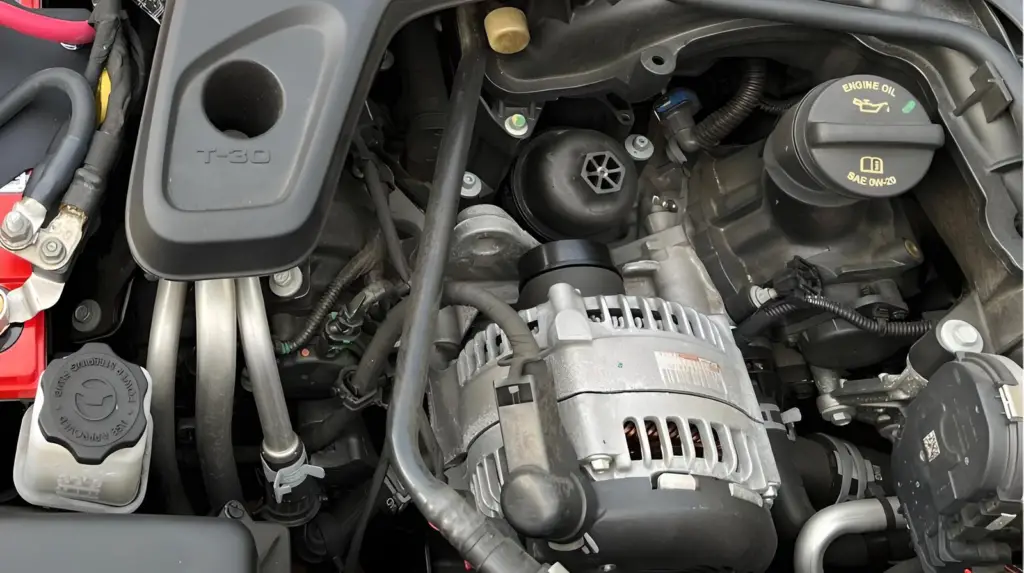
Troubleshooting
Use a multimeter again to check for unstable charging voltage, usually under 13.7 volts.
Listen for grinding bearing noise or the smell of burning belts pointing to alternator issues. Testing the alternator diodes also checks for internal wiring problems or bad rectifiers.
Solutions
Catching charging problems early allows simple alternator repairs like bearings or brush replacement.
However, a severely worn unit will need rebuilt or replaced entirely along with inspecting related belt connections.
This maintains battery recharging capacity to handle stop/start duty cycles.
3. Electrical System Faults
Like any complex digital-mechanical system, the stop/start relies on electrical inputs from sensors monitoring operations.
Damage to wiring harnesses, bad grounds, or faulty components can mimic charging issues and disable stop/start functionality.
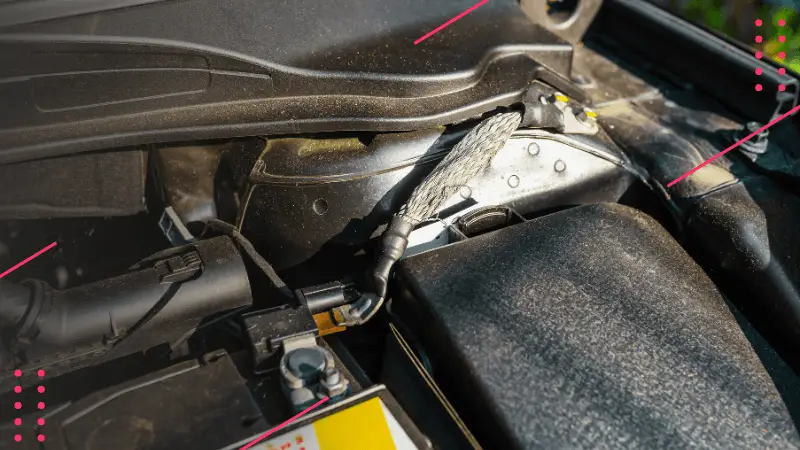
Troubleshooting
Inspect wiring harness connectors and grounds attached to stop/start components for corrosion, damage, or looseness.
Check fuses powering the system as well. Scan for fault codes pointing to specific sensors like the brake pedal position, accelerator position, or engine speed that provide bad data to the computer.
Solutions
Address any corroded connectors, frayed wiring, or loose grounds found that upset signal transfer.
Swap any suspected faulty sensors, like the crankshaft position sensor that feeds data to the control module.
Clear any codes, calibrate replacements, and test for normal stop/start activation. If issues continue, further electrical diagnosis may be needed.
4. Software Glitches
Today’s stop/start systems run complex programming with adaptive learning controlling activation parameters.
Software bugs can randomly disable functions and switch the system into a reboot mode indicated by warning lights.
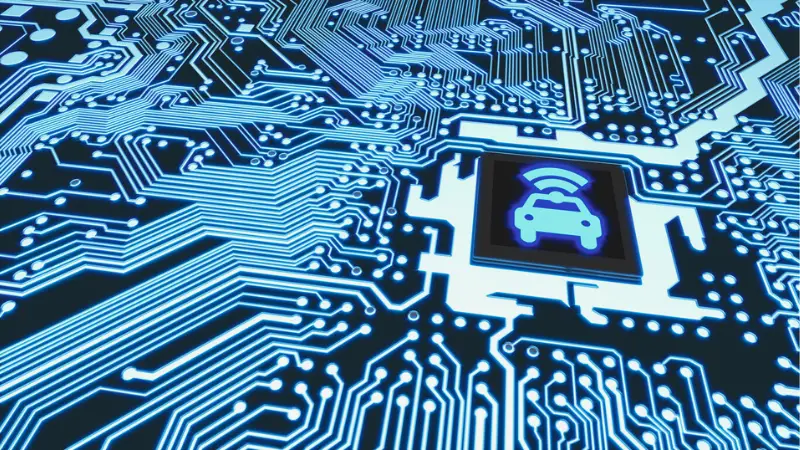
Troubleshooting
Access the stop/start control module and check for pending fault codes tied to invalid data inputs or program operation errors.
Notice if warning lights illuminate despite normal electrical signals and battery voltage. This points to deeper computer control glitches.
Solutions
Updating the stop/start software to current specs may resolve intermittent activation issues. Complete resets clearing all adaptive memory may also refresh things.
In stubborn cases of computer gremlins, the dealer may need to access programming tools to find and revise faulty code.
This gets systems back working properly without weird shutdowns.
5. Temperature Variations
Extreme underhood temperatures disturb stop/start operations too, whether icy winter cold or baking summer heat.
Components can’t function optimally outside ideal temp ranges. The system plays it safe by not activating and indicating “start/stop not ready battery charging” warnings.
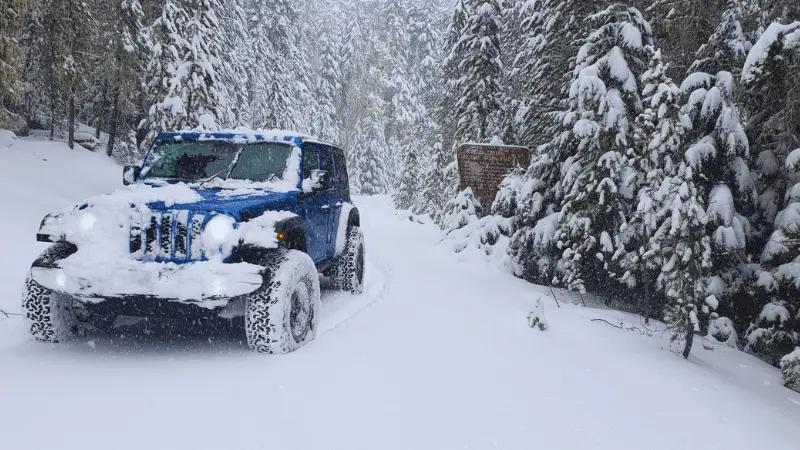
Troubleshooting
Monitor ambient temperatures during suspected climate-related issues. Temperature sensors may also falsely indicate extremes if damaged.
Scan for pending fault codes specifically related to out-of-range values from temp sensors that could trigger shutdowns during weather swings.
Solutions
Rarely do electronics like ECUs or sensors themselves fail from temperatures alone – they are protected to withstand winter or summer extremes during use.
More likely, extreme cold hampers battery output, and extreme heat strains the alternator. Check other related systems first before condemning temp sensors.
Isolating the root electrical or mechanical cause and correcting underlying problems will restore normal function. The stop/start programming accounts for ambient temps when systems are operating fully.
6. Auxiliary Battery Concerns
Some Jeep Cherokee models have a secondary auxiliary battery dedicated to the high electrical loads of the stop/start system.
Issues with this auxiliary battery can mimic charging system problems or trigger shutdowns of the feature.

Troubleshooting
Inspect the auxiliary battery mounting, terminals, and voltage separately from the main starting battery.
This battery may need testing and charging attention to maintain cranking support for the starter/generator during engine restarts.
Solutions
Recharge or replace a failing auxiliary battery allowing the stop/start’s integrated starter/generator to operate at peak performance.
Make sure the isolation diode splitting charge duties between main and auxiliary batteries are not damaged as well.
Proper voltage across both batteries is essential for seamless stop/start cycling.
With the battery bank restored on both main and auxiliary sides, the stop/start should activate reliably again during normal commutes.
Don’t overlook that second hidden battery when diagnosing a troublesome system. Checking each possible cause methodically tracks down gremlins.
Tips to Prevent Future Stop/Start Issues
While the stop/start system aims to save gas, the tradeoff is increased strain on electrical components leading to frustrating warning lights or no-starts.
Preventative maintenance helps minimize issues down the road.
1. Routinely Check Battery & Alternator Health
The battery bears the brunt of frequent charging/discharging cycles during engine restarts.
Inspect terminals monthly for corrosion and test charge levels at least twice a year. Catch low voltages early before they leave you stranded.
Likewise, the alternator works harder to recharge quickly between auto-stops. Confirm it maintains 12-14 volts while running to sufficiently replenish the battery.
Check connections are tight and listen for bearing noises, signaling replacement needs.
2. Update Software & Reset Adaptive Memory
Automotive engineers constantly refine the complex software governing stop/start operations.
Updating to the latest software revisions may fix bugs and improve efficiency as systems learn your driving patterns.
Additionally, periodically resetting the stop/start system clears any erroneous adaptive memory causing activation issues. This gives components a fresh start, recalibrating your usage.
3. Consider an Auxiliary Battery
Adding a supplemental absorbent glass mat battery dedicated solely to the high electrical loads of the stop/start function reduces strain on the primary starting battery. Keeping reserve capacity isolated prevents voltage drops.
Installing heat shields and battery blankets also better protects batteries from extreme underhood temperatures in winter and summer.
Keeping components closer to ideal operating conditions ensures reliable performance year-round.
What Does Stop Start Not Ready Battery Charging Mean?
Stop Start Not Ready Battery Charging means that the start-stop system in your vehicle is temporarily unavailable, usually due to a low battery charge.
How Long Does a Stop Start Battery Take to Charge?
The charging time for a stop-start battery can vary depending on factors like the battery’s current charge level and the charging method used. However, on average, it typically takes around 2 to 4 hours to fully charge a stop-start battery.
What Does It Mean When My Jeep Says Start Stop Not Ready?
The start-stop not ready message on your Jeep means that the engine’s automatic start-stop feature is temporarily disabled or not functioning properly.
Conclusion
In review, Jeep’s fuel-saving Stop/Start technology places a heavy strain on electrical systems with constant auto engine restarts. Glitches manifest as “Not Ready” errors when components can’t support demand.
The Stop Start not ready battery charging warning ultimately indicates the stop/start system lacks sufficient voltage to activate due to battery, sensor, or hardware issues. There could be a software glitch or error that can affect the performance of your vehicle.
Now that you know where to start troubleshooting, you can hopefully get your Jeep to stop/start working again and save money on gas without frustrating warning lights keeping you stranded.
